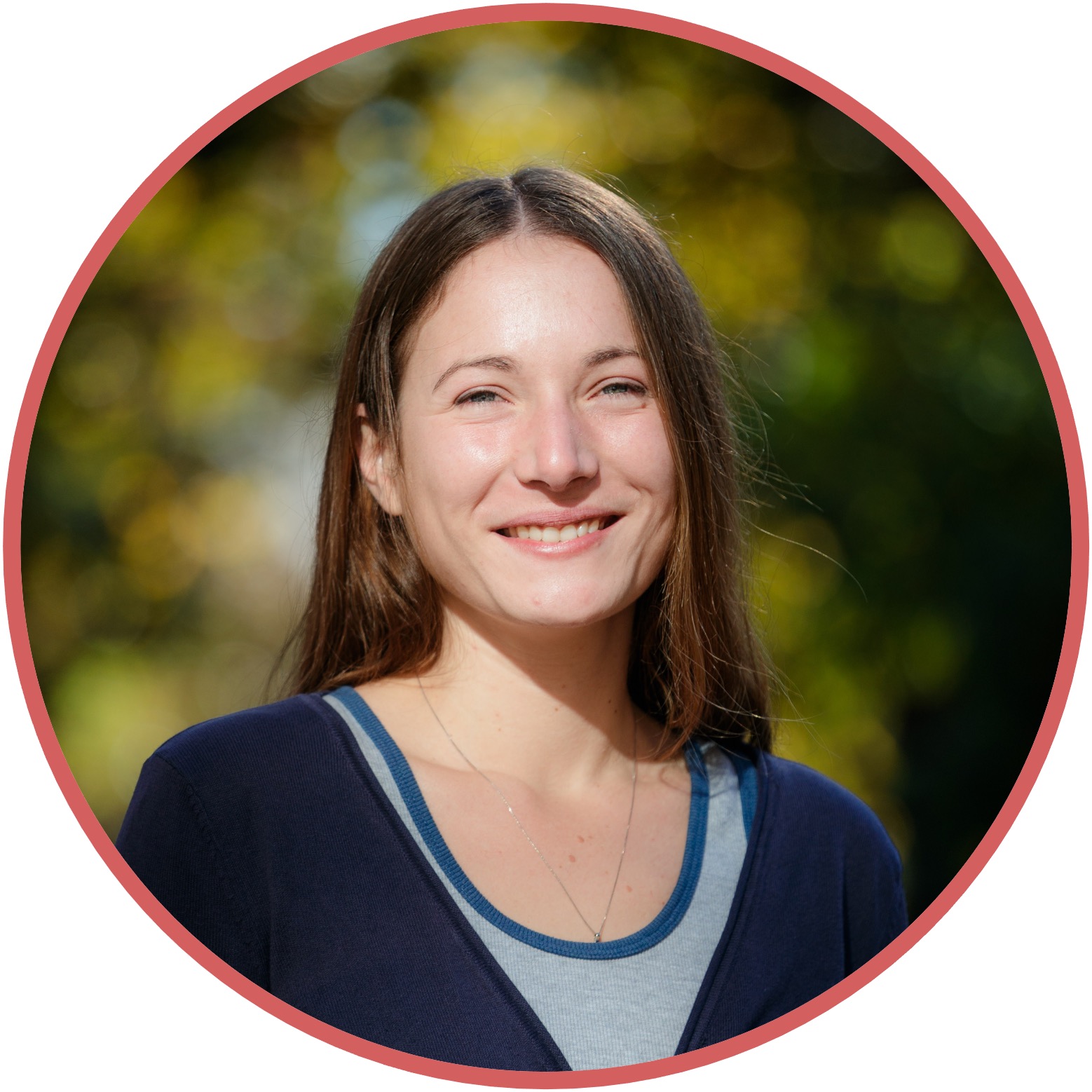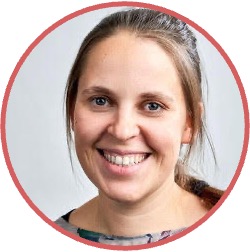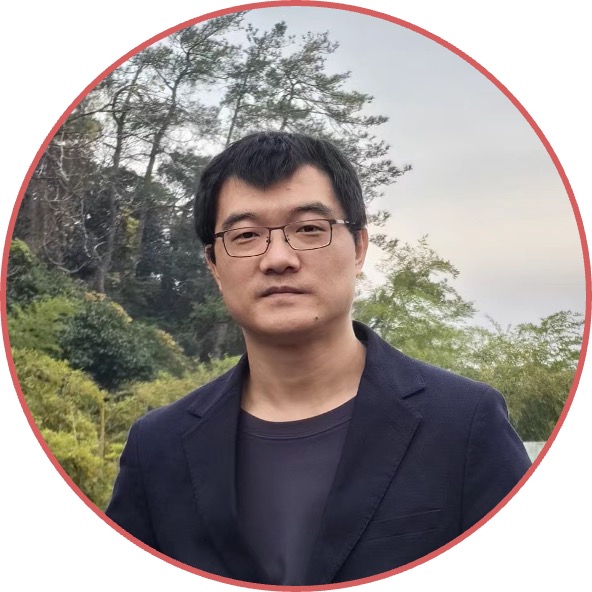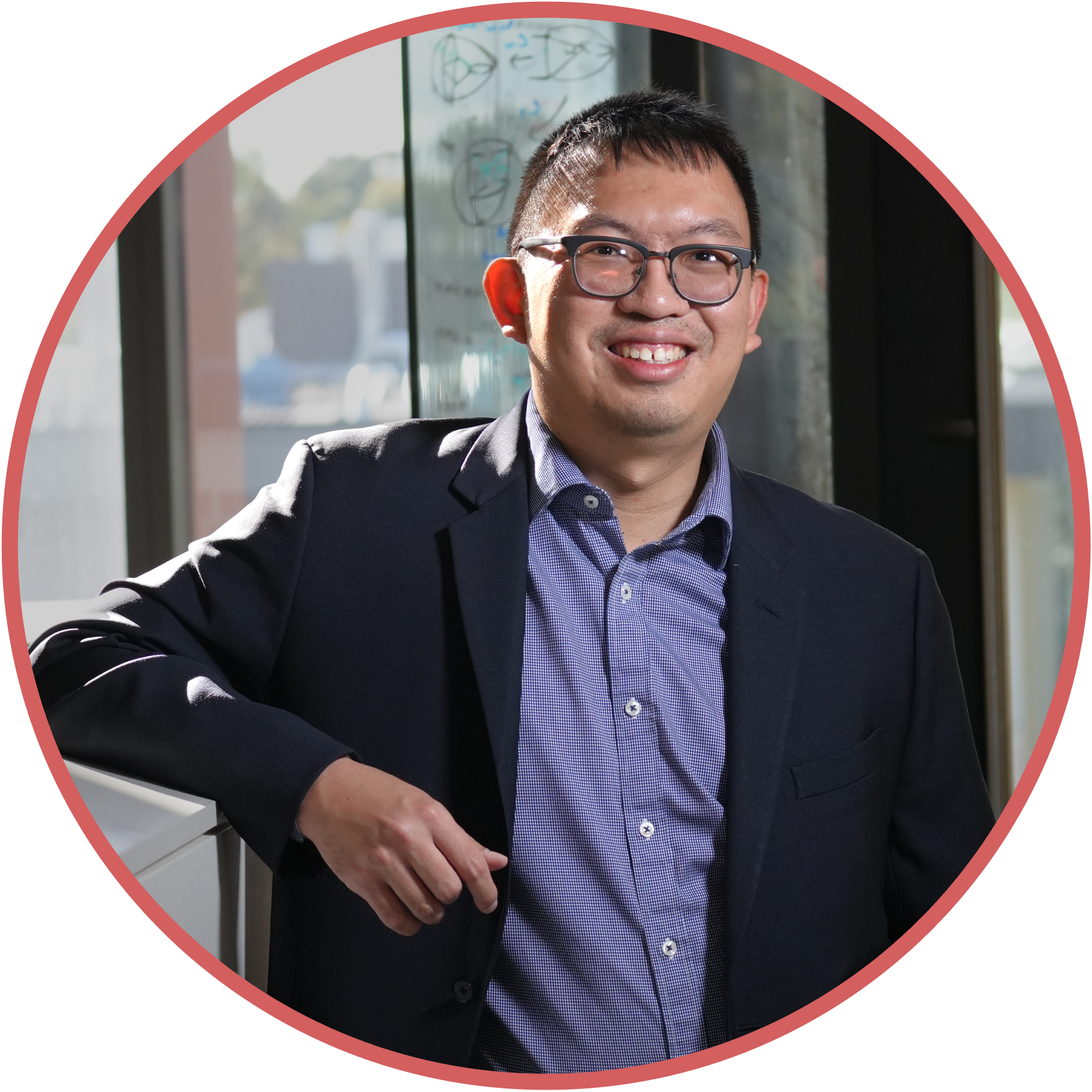Dalya Baron
Carnegie Observatories, USA
► ML applied to multiwavelength survey data
 | Dalya Baron is a Carnegie-Princeton postdoctoral fellow working at Carnegie Observatories. Before that, she completed her PhD at Tel Aviv University in Israel, where her research focused on observational constraints of AGN feedback. Dalya is interested in observational galaxy evolution, supermassive black holes, and the multiphase interstellar medium, using observations across the electromagnetic spectrum, from X-ray to mm wavelengths, of local z~0 galaxies. In addition, Dalya has always been fascinated with data and is very interested in data science. She has been developing new algorithms and using off-the-shelf tools to mine large and complex astronomical datasets to discover new phenomena. She is interested in visualization, dimensionality reduction, clustering, and anomaly detection. |
Daniela Huppenkothen
Netherlands Institute for Space Research
► Best practice in machine learning for astronomy
 | Daniela Huppenkothen is a staff scientist at the SRON Netherlands Institute for Space Research, where she works at the intersection of space research, statistics and machine learning. She is particularly interested in how we can use machine learning for inference in high-energy astrophysics. Before, she was the Associate Director at the DIRAC Institute at the University of Washington, and a Moore-Sloan Data Science Postdoctoral Fellow at NYU. She holds a PhD in Astronomy from the University of Amsterdam, where she now also has a guest appointment and works with a group of students on neural network emulators, simulation-based inference and representation learning on a range of different astronomical topics. |
Deaglan J. Bartlett
Institut d'Astrophysique de Paris (CNRS & Sorbonne Université), France
► Symbolic regression and interpretable ML
 | Deaglan Bartlett is a Postdoctoral Fellow at the Institut d'Astrophysique de Paris, where he works on projects at the border of artificial intelligence and Bayesian inference problems, within the framework of applications to cosmology. He was awarded his MA and MSci in Natural Sciences at the University of Cambridge (Trinity College), and obtained his DPhil in Astrophysics at the University of Oxford under the supervision of Prof. Pedro Ferreira and Dr Harry Desmond, where he was the Graduate Teaching and Research Scholar in Physics at Oriel College. He is interested in statistical and machine learning methodology in astrophysics and cosmology, Bayesian large-scale structure inference, field-level inference using BORG (Bayesian Origin Reconstruction from Galaxies), and probing dark energy and constraining dark matter with astronomical surveys. His work is primarily centred on the reconstruction of the initial conditions of the Universe and constraining cosmological parameters through field-level Bayesian forward modelling of large scale structure, the acceleration of simulations and inference methods through machine learning and the development of new methods and applications of interpretable machine learning with symbolic regression. |
Francisco Förster Burón
Universidad de Chile, Chile
► Review on application of ML to Time Domain Astronomy
 | Francisco Foster Buron is an astronomer and research scientist at the Center for Mathematical Modelling (CMM) at Universidad de Chile (Santiago, Chile), beside being an associate researcher of the Millennium Institute of Astrophysics (MAS). He is mostly interested in astroinformatics and supernova science. He is the principal invetigator of the High Cadence Transiente Survey (HiTS) and the main coordinator of the ALeRCE project, an astronomical alert broker for large size telescopes such as ZTF or LSST. He did his Ph.D. thesis on Type Ia Supernovae progenitors at the University of Oxford (2009) with Philipp Podsiadlowski. |
Francisco Villaescusa-Navarro
Simons Foundation, NY, USA
► Machine Learning in Cosmology and Simulations
 | Francisco (Paco) Villaescusa-Navarro is a research scientist at the Flatiron Institute in New York City. He did his PhD at the University of Valencia in Spain. He held postdoctoral positions at the Astronomical Observatory of Trieste, Italy, and the Center for Computational Astrophysics in New York before becoming an associate research scholar at Princeton University, where he holds a visiting research scholar position. Paco is the main architect of the Quijote simulations, the largest suite of cosmological N-body simulations ever run. He is also part of the CAMELS core team that designed and ran the largest set of state-of-the-art hydrodynamic simulations to date. Paco combines the output of numerical simulations with machine learning methods to develop theoretical models to extract the maximum amount of information from cosmological surveys in order to unveil the Universe’s mysteries. |
Jonas Glombitza
Erlangen Centre for Astroparticle Physics, Germany
► Review on ML/deep learning methods applied to astroparticle physics, from cosmic rays to neutrino and gamma rays astronomy
 | Jonas Glombitza is a postdoctoral researcher at the Erlangen Centre for Astroparticle Physics, Germany, researching the mass composition of cosmic rays and gamma rays. For five years, he has been a lecturer for the deep learning lecture series in physics at RWTH Aachen University, where he also received his PhD under the supervision of Martin Erdmann. Glombitza is a coauthor of the book Deep Learning for Physics Research and teaches machine learning algorithms in international tutorials and workshops. His current research focuses on improving reconstruction algorithms in astroparticle physics using deep-learning-based algorithms to improve the sensitivity of current and future observatories, as well as designing methods in the context of domain adaption to increase the robustness of data-driven algorithms. |
Tao An
Shanghai Astronomical Observatory
► Review on machine learning applications in radio astronomy
 | Prof. Tao An, a senior researcher at the Shanghai Astronomical Observatory of the Chinese Academy of Sciences, is in charge of the preparation of the SKA (Square Kilometre Array) Regional Centre China site. As the Chinese representative on the SKA Regional Centre Steering Committee, Prof An has played a leading role in the construction of the first SKA Regional Centre prototype, a key milestone in the global SKA project. His recent work integrating artificial intelligence technologies with astronomical big data processing has led to remarkable advances in the field, demonstrating the potential of AI to revolutionise our approach to understanding the Universe. |
Yuan-Sen Ting
Australian National University and Ohio State University
► Large language models for astronomy
 | Yuan-Sen is an Associate Professor in astronomy and computer science at the Australian National University and an Associate Professor in astronomy at the Ohio State University. Yuan-Sen's research applies machine learning to advance statistical inferences using large astronomical survey data. A Malaysian native, Yuan-Sen received his PhD in astronomy and astrophysics from Harvard University in 2017. After graduating, Yuan Sen was awarded a unique four-way joint postdoctoral fellowship from Princeton University, Carnegie Institute for Sciences, NASA Hubble and the Institute for Advanced Study at Princeton before reallocating to Australia. Yuan-Sen also serves as the co-chair of the NASA Cosmic Programs Stars Science Interest Group and leads future spectroscopic surveys as the science group leader. He is an author of more than 180 journal articles, many of them on topics at the frontier of astrophysics and machine learning. |

